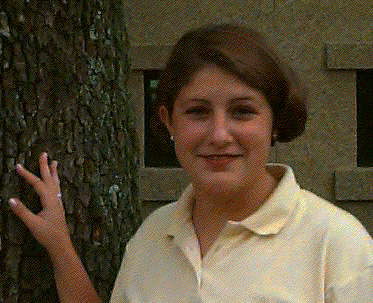
Kim's Home
Page
Most geologists today look to the theory of Plate Tectonics to explain why the earth is changing both internally and externally over time. The theory proposes the crust and uppermost mantle, the lithosphere, is broken into plates that slowly move and change in size. These plates move away from each other, slide past one another, collide and even slide under one another. When plates move away from one another we call this a divergent boundary. Divergent boundaries are usually located at the crests of mid-oceanic ridges were new crusts is being made. Convergent boundaries, places where plates move toward one another, usually result in subduction of one plate or continental collision. Subduction is most often the sliding of the sea floor beneath a continent. Also, there are transform boundaries, where plates move past each other horizontally. Faults and earthquakes form a pattern characteristic of these boundaries. Plate Tectonics explains that earthquakes as well as volcanoes are caused by interactions between two plates at their boundaries.
LINKS:

Kim's Home Page |
|